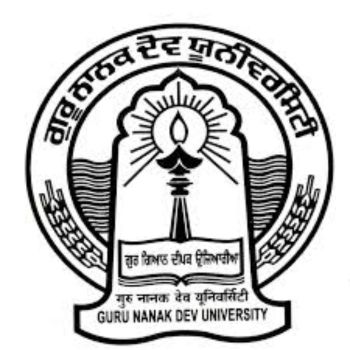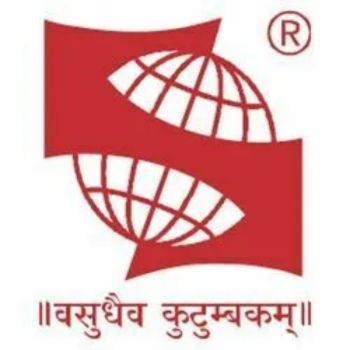Himachal Pradesh National Law University Shimla has a developing placement record. The university’s Placement Cell coordinates internships, pre-placement offers, and final recruitment, ensuring students gain industry exposure. Recruiters from law firms, corporate houses, and policy organisations have engaged with HPNLU graduates through both PPOs and campus placements.
Top recruiters include Shardul Amarchand Mangaldas, Luthra and Luthra Law Offices India, Argus Partners, DSK Legal and Varahe Analytics. The placement process emphasises internships, PPOs and final job offers, enabling graduates to secure roles in corporate law, litigation, consulting and policy research.
Table of Contents
HPNLU-Placement Overview
BA LLB and BBA LLB: Corporate and Litigation Opportunities
For undergraduate programs like BA LLB and BBA LLB, the 2024 data shows that around 47% of students were placed, with a median package of INR 10 LPA. The highest package reached INR 18 LPA, while the lowest stood at about INR 5 LPA.
Corporate law roles continue to dominate, with top-tier firms offering higher-end packages. Litigation and public-sector opportunities accounted for placements on the lower salary range. The strong internship culture at HPNLU (12-20 weeks) helps students gain practical exposure and enhances employability.
LLM: Academic and Research-Oriented Career Paths
In 2024, 36 out of 74 LL.M students were placed, with a median package of INR 15 LPA, reflecting strong placement outcomes. At the same time, 19 students opted for higher studies, underlining the program’s academic and research orientation.
Graduates have secured opportunities in academia, think tanks, and specialised legal sectors such as intellectual property and international arbitration. While many pursue advanced academic paths, those who enter the job market often benefit from niche expertise that attracts higher packages.
PhD and LL.D.: Niche Research-Focused Pathways
Doctoral programs (PhD and LL.D.) remain research-intensive and are not designed for campus placements. While no placement statistics are available, these programs prepare students for careers in academia, policy research, and legislative consultancy.
Recruiter Preferences and Emerging Opportunities
HPNLU’s placement outcomes are shaped by its active engagement with recruiters and its focus on skill-building. Corporate law firms, litigation practices, public-sector bodies, and NGOs are among the major recruiters. These engagements provide students with exposure to diverse career paths, from corporate law to public interest litigation.
HPNLU-Role of the Placement Assistance Cell (PAC)
The Placement Assistance Cell (PAC) at HPNLU coordinates with recruiters, organizes workshops, and prepares students through mock interviews. Participation in moot court competitions and well-structured internships often lead to PPOs, helping students stand out in a competitive job market.










